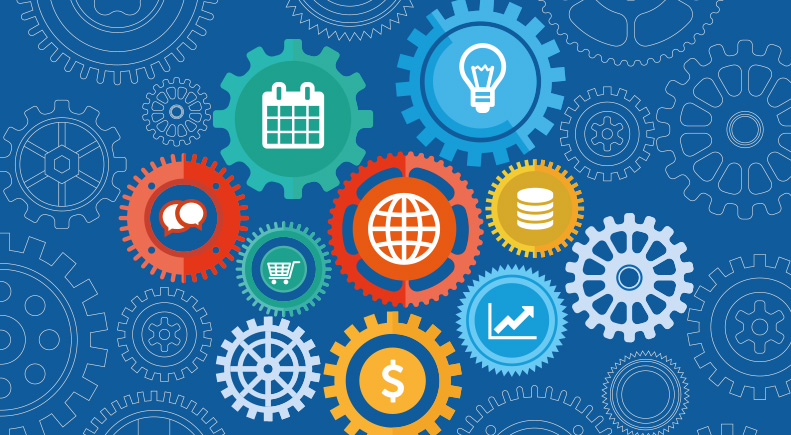
It’s doesn’t have to be complicated!
Many marketers shudder when they hear the phrase ‘Marketing Automation’ as indicated in a recent B2B Marketing Automation Report where “43% of marketers said they struggled to develop a strategy for marketing automation”. Understanding how to implement a successful campaign can often feel like a daunting task but it needn’t be. It’s all in the preparation! Start with a solid foundation on which to build, a well thought through strategy and the right marketing automation platform. Everything else will then start to fall into place.
What is marketing automation?
Marketing automation is when software automatically sends email campaigns to customers on your behalf, based on certain pre-defined triggers. Example campaigns include newsletter sign-ups, product interest, purchase behaviours, events such as birthdays and webinars, to name but a few. They move away from the idea of ‘email blasts’ to whole lists of people to allow for greater personalisation. This process ensures content is more relevant and timely, prompting elevated levels of engagement, interaction and conversions to generate leads and sales. Take a look at these marketing automation statistics from Campaign Monitor and you’ll see just how impactful they can be:
– 86% higher open rates
– 196% increase in click-through rates
– 320% more revenue than standard promotional emails
Whether you’re a small or large global company focusing on B2B or B2C, there are many marketing automation platforms available to suit your individual needs. These platforms are cloud based solutions that support your marketing efforts from behind the scenes. As a digital marketing agency who specialises in delivering automated email campaigns for SMEs and large global brands, we use various platforms including Marketo, Eloqua and MailChimp, but there are many others available depending on your requirements, budget, size of database and desired level of reporting.
 Getting started…
Getting started…
A good place to begin is to understand your different customer personas. Who are they? What are their areas of interest? What are their motivations? Then consider the answers in relation to the goals and objectives of your campaign. This will help define your messaging, tone of voice and the flow of your email campaign so you can start mapping out the various stage of your customers’ journeys.
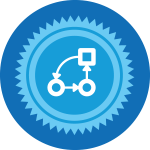 Building the Plan – Example Campaign Workflow
Building the Plan – Example Campaign Workflow
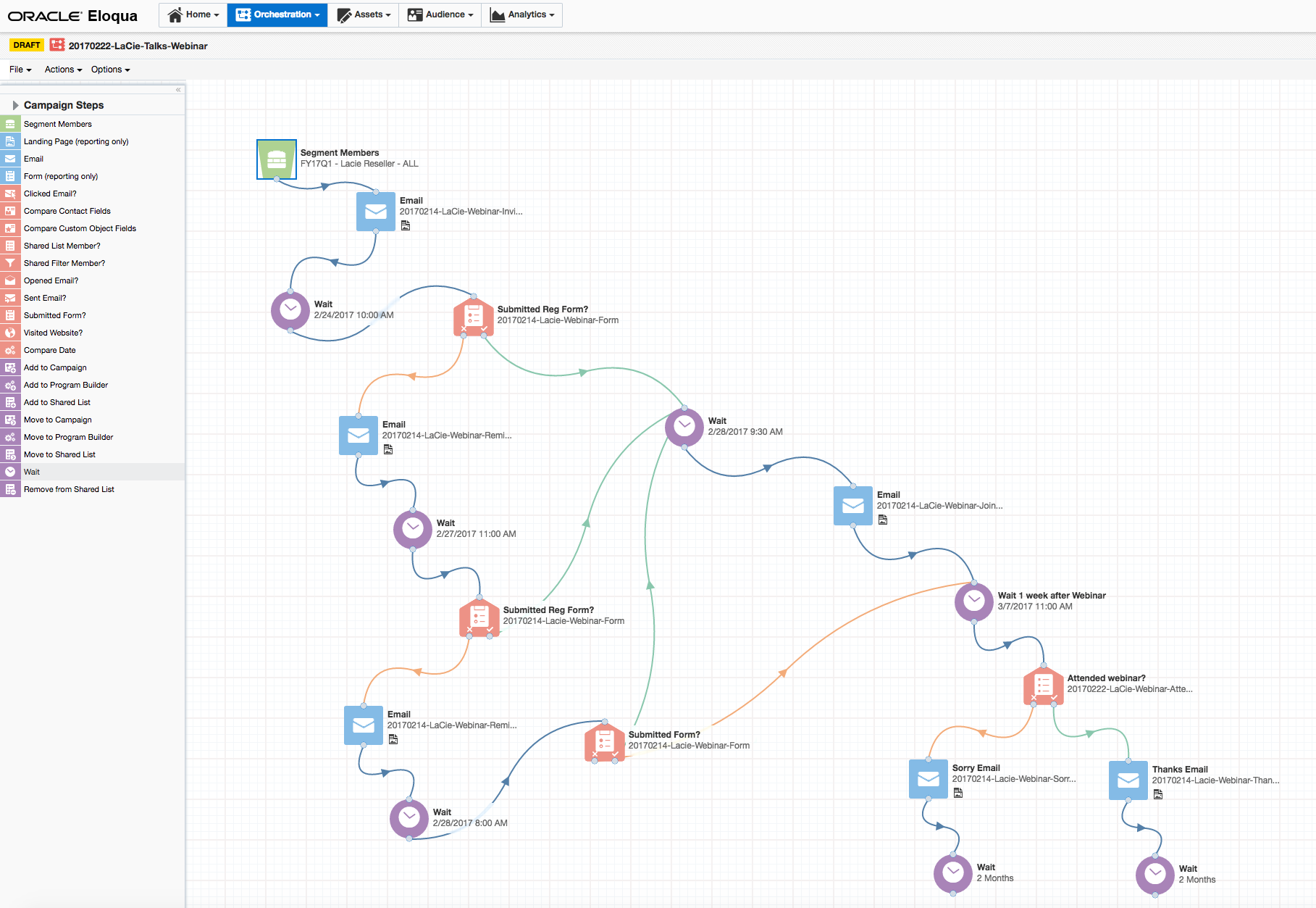
This schematic shows the structure of a recent automated webinar campaign we have implemented for one of our clients. It represent each of the different elements and assets which make up the workflow and trigger certain actions. Starting with a green icon at the top, this is the selected target audience which then go on to receive an email invite, the blue icon. From here there is a waiting period, the purple icon, allowing time for the recipient to complete the registration form. At this stage the sequence splits into 2 different journeys, one for those who have registered (on the right) and those who haven’t (on the left).
Registrants then go on to receive numerous timely reminders to encourage attendance, whereas non-registrants go back into the invite loop with a more refined invite message for further encouragement. And so the cycle repeats itself to maximise registrations.
Once the event has take place, it then splits into 2 further sequences, one contains a ‘thank you for attending’ message, the other ‘sorry you missed it’ so they can receive a recording of the webinar. This enables on-going personalised communications to continue the engagement and keep your brand in front of them.
And there’s your plan!
Now it’s time to focus on the more intricate detail of the workflow implementation, writing copy, design and building assets – emails, forms and landing pages.
It may take time and lots of preparation initially, however once set up and tested for effectiveness, campaigns can be used time and time again – depending on their nature. Some may be long term, ongoing campaigns which don’t have an end date such as welcome nurture emails, others could be a one off campaign that could be duplicated and reworked at a later date for a difference purpose – for example product promotions to specific interest groups. As a result, this makes marketing automation a low cost method for building brand awareness, encouraging engagement and conversions; and ultimately boosting your bottom line.
5 Effective Marketing Automation Ideas….
Thinking of trying automation within your business or simply looking for new ideas to maximise your investment? Here are a few suggestions for you to consider.
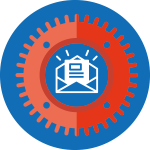 Newsletter Registrations
Newsletter Registrations
If you haven’t got a series of welcome emails in place, you definitely should – after all they have given you access to their email address and permission to stay in touch. When a customer signs up to receive your newsletter it’s because they are interested in what you have to say. It’s a great opportunity to impress them from the outset, so give them a nice warm welcome and a taster of what to expect.
 New Customers
New Customers
Whilst on the subject of warm welcomes, this is a must. When a contact becomes a paying customer, make them feel valued and special. Kick starting the relationship on a positive note to build long term engagement and commitment to your brand is crucial. You could even encourage them to recommend your product and write a review.
 Lead Nurturing
Lead Nurturing
For customers who are engaging with your content, for example clicking through on emails, completing forms to request white papers or signing up to your events, it’s a sure sign they are interested in what you have to offer. With a little nudge and a bit more encouragement through timely, relevant emails, you may be able to prompt them into action to make that purchase.
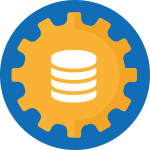 Upsell / Cross-Sell
Upsell / Cross-Sell
Don’t stop communicating with your customers after a purchase, they are already familiar with who you are and offer the perfect opportunity for repeat business. Make them aware of other products and services you offer and keep reminding them of your brand. It’s more cost effective to keep an existing customer than to find new ones.
 Reminders and Winbacks
Reminders and Winbacks
If a customer has been inactive for a period of time, not clicking on your emails or making any purchases, trigger a re-engage campaign with a compelling message and incentive to get them back onboard. Inform them of what they have missed, tell them you’ve miss them and value them as a customer. It’s much easier to win them back, after all they already know your brand.
Now it’s up to you!
Hopefully this has given you a good insight into the planning process for an automated campaign and some ideas to get you started. Still confused? Get in touch, we’re happy to help.